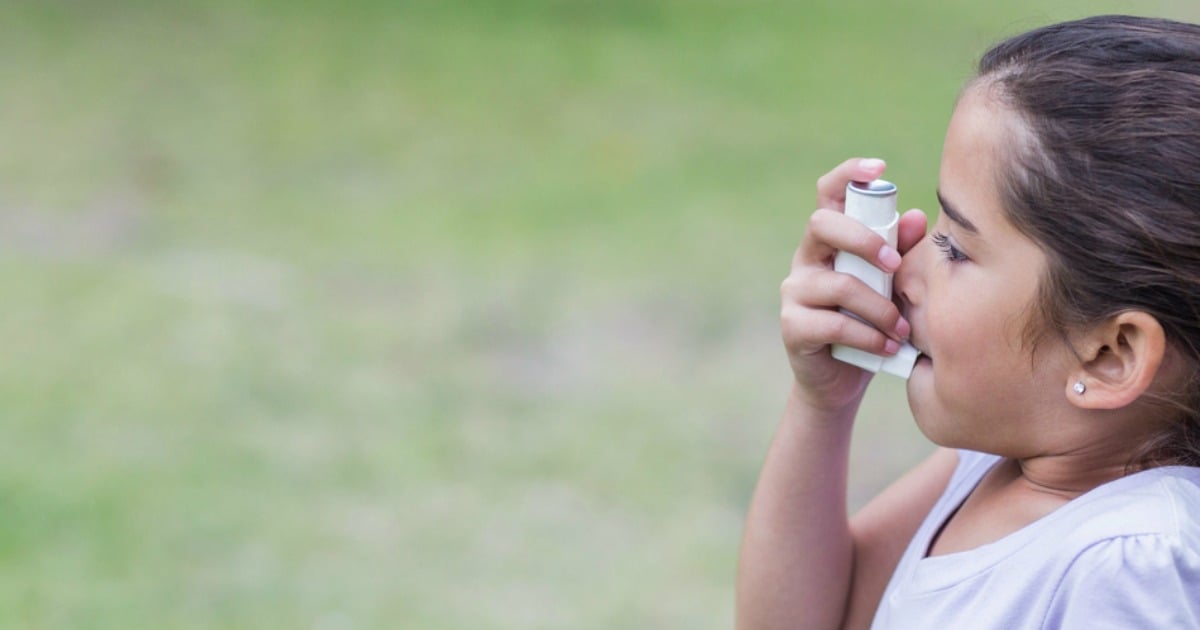The scariest moment we ever had with my daughter Belle came before she was diagnosed with asthma.
She’d been jumping around at a play centre on a cold morning and I thought she was being a petulant four-year-old. She kept tugging at me while I was trying to pack up and say goodbye to a friend, telling me she wanted to go home. Belle had an annoying little cough — kind of like those fake ones that people use to interrupt you — but as it was winter I didn’t think too much of it.
By the time I got her strapped into the car, just minutes later, I realised she couldn’t talk. She had gone the colour of wax and was fighting for breath. Not quite believing what I saw, I asked her: “Can you breathe?” She shook her head, unable to speak with wide terrified eyes. Fortunately, I was literally a few minutes away from the hospital.
It’s not easy to forget driving your little kid to hospital when you can hear them gasping for breath in the back.
This is the journey no doubt hundreds of people made to the emergency department a fortnight ago at the mercy of the 'asthma cloud' over Melbourne — and with eight deaths now clocked up, some never had the chance to do.
As one of many parents with a kid with asthma, the 'thunderstorm asthma' gave me the total willies. This week, residents of NSW and Victoria are facing the possibility of it happening again.
The thought of people not being able to breathe and dying helplessly in their loved one’s arms on their front lawns is utterly devastating. It’s very easy to flick off asthma as a common playground condition — I’ve seen teachers, carers and parents do it, believe me. But thunderstorm asthma has delivered a sharp, eye-poking reminder of how serious the illness can be: people die of it. According to the World Health Organisation, globally about 250,000 people’s lives are cut short from the chronic lung condition each year – most, apparently, avoidable.





























































































